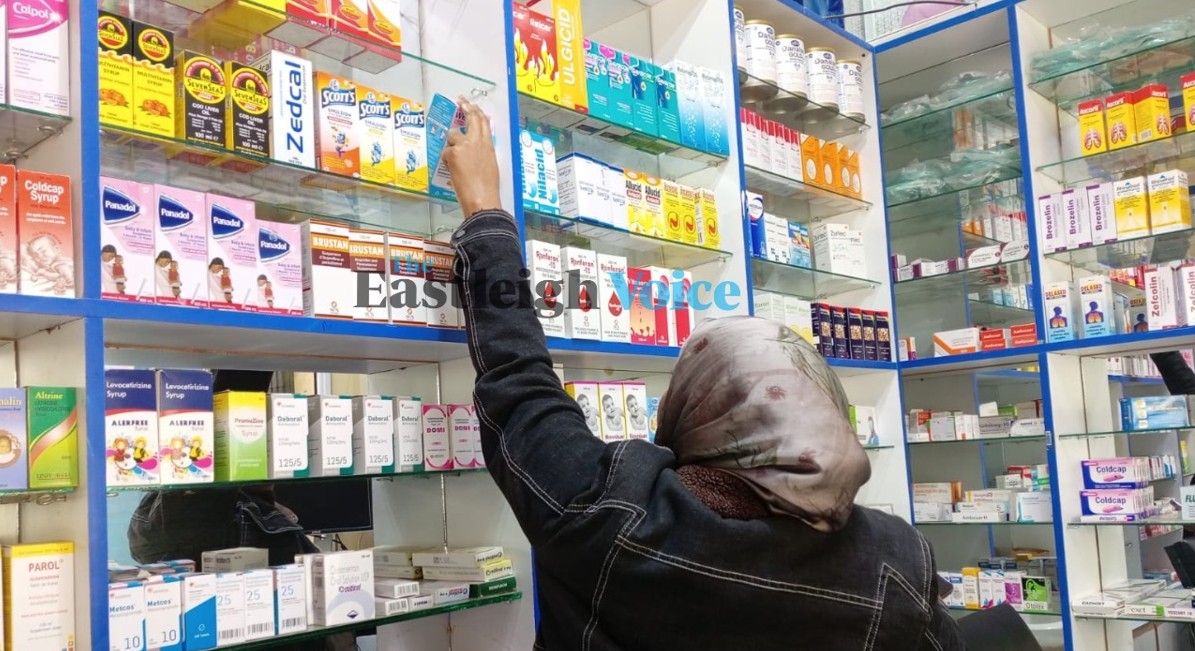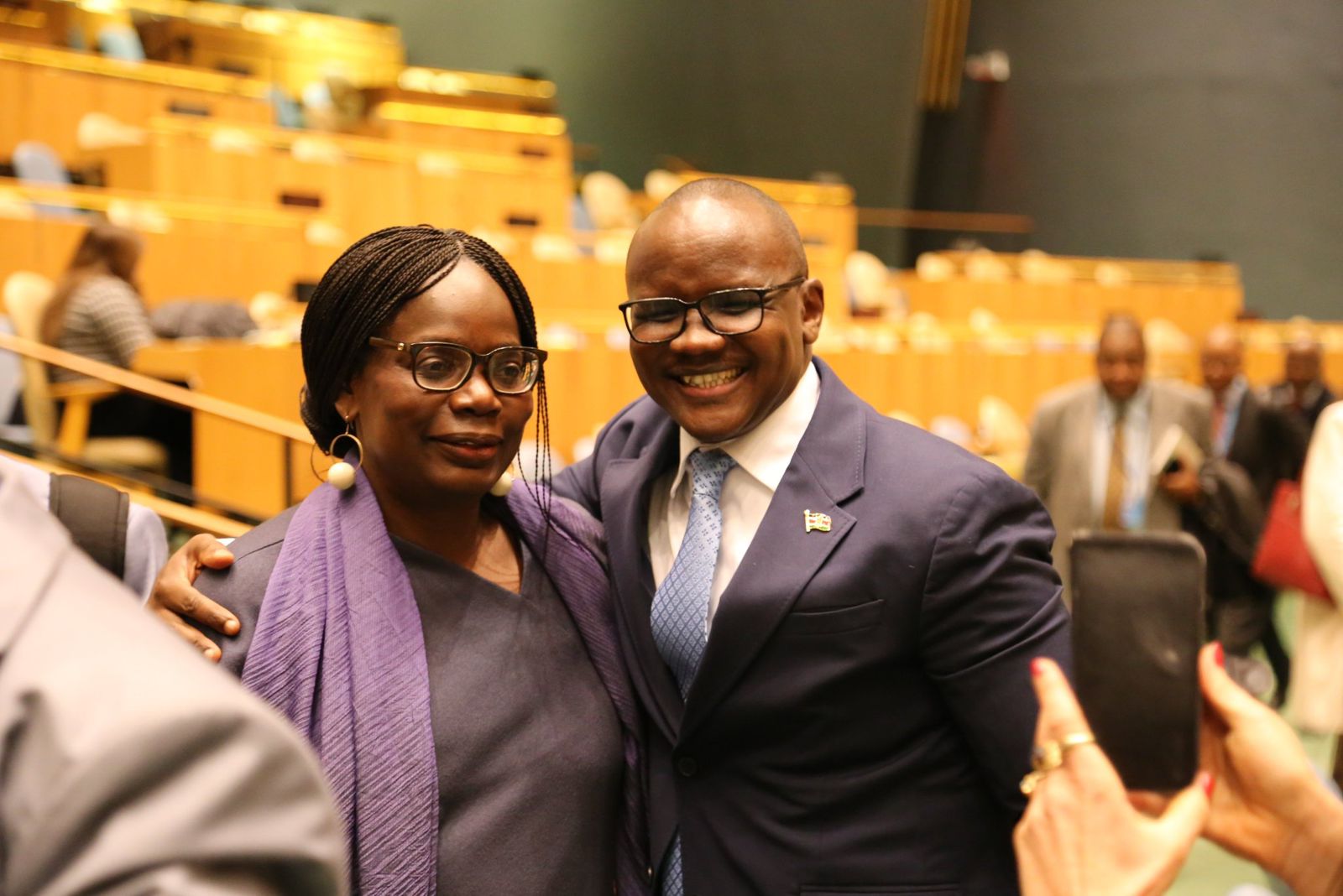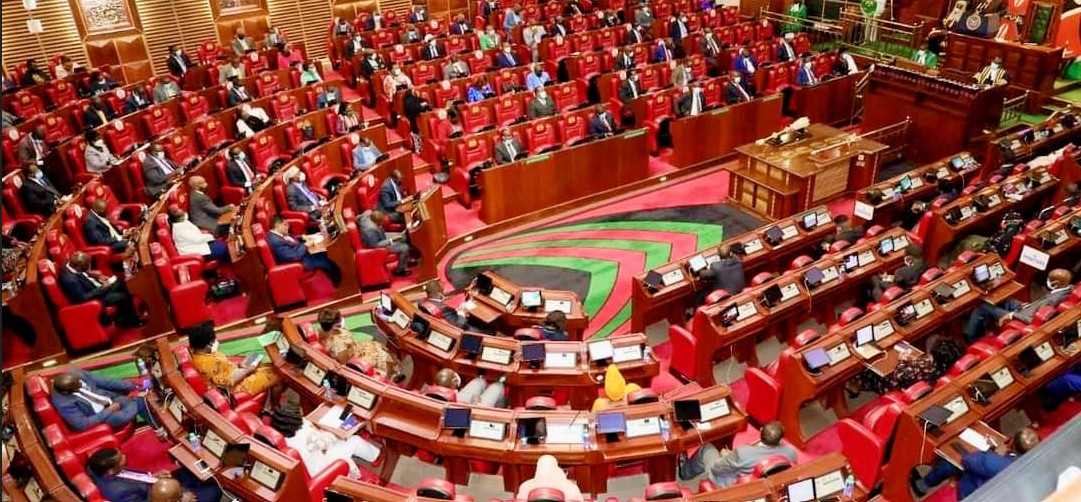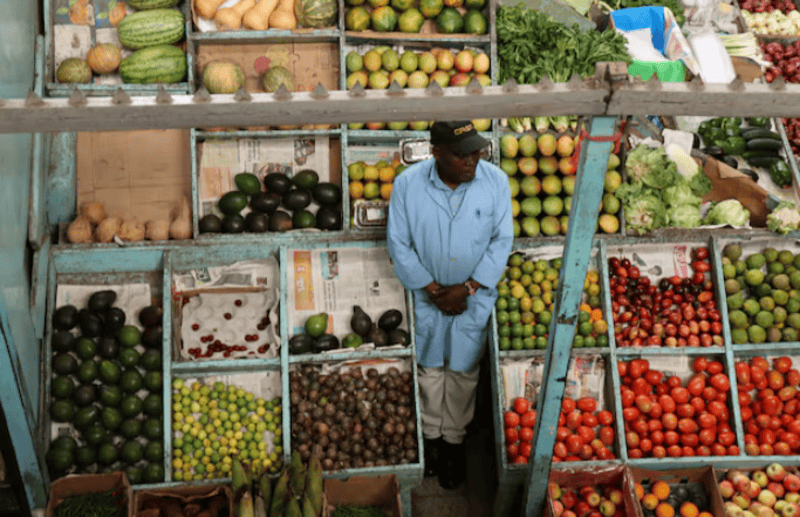Africa’s pharma market to grow 26pc by 2029 as demand rises, but local production still lags

Data from the UN Trade and Development notes that over 70 per cent of Africa’s medicines are imported, and half of the countries on the continent have no pharmaceutical production.
Africa’s pharmaceutical market is on a rapid growth trajectory, with sales poised for a 26 per cent increase from $34.1 billion (Sh4.4 trillion) in 2024 to $43.1 billion (Sh5.6 trillion) by 2029, a report has said.
This is on the back of the booming population and evolving healthcare needs.
More To Read
- From free to unaffordable: Why more Kenyan women are giving birth at home again
- Counties undermining UHC by redirecting reimbursements, Health Committee says
- Cancer patients stage protest outside SHA headquarters, demand better medical coverage
- Growing health crisis among Kenya’s elderly: Costs, care and insurance coverage
- MoH, faith-based organisations agree on six-point plan for UHC
- Ruto urges nations to take charge of health systems as donor funding declines
“The continent’s population is projected to nearly double from 1.3 billion in 2020 to 2.5 billion by 2050, driven by high fertility rates, declining infant mortality and rising life expectancy,” the industry outlook report by Afreximbank reads.
However, the lender reckons that the region’s local production of essential medicines and related products struggles to keep pace with the market growth.
“Manufacturing in the region has focused mostly on formulation and packaging, with minimal upstream Research & Development or production of active pharmaceutical ingredients (APIs).”
Africa dependent on imports
This means that while there is growing demand for pharmaceuticals, the continent is still largely dependent on imports for the raw materials needed to manufacture medicines.
Ideally, the shortfall is dragging the broader strategy of achieving universal health coverage while reducing reliance on costly imports.
Data from the UN Trade and Development also notes that over 70 per cent of Africa’s medicines are imported, and half of the countries on the continent have no pharmaceutical production.
“Just eight countries, half in North Africa, account for 85 per cent of the continent’s 690 pharmaceutical manufacturing facilities,” the UN says.
The UN maintains a brave face, saying local production is viable, stemming from the pharmaceutical demand, which is rising rapidly across the continent.
“Some countries, such as Kenya and Ethiopia, are already attracting investment. Yet, Africa captures only about five per cent of global greenfield foreign direct investment in pharmaceutical manufacturing,” the UN says.
Cheaper products
Nevertheless, it notes that the potential is clear as a study found that tablets, capsules and creams produced in Ethiopia and Nigeria could be 15 per cent cheaper than the same products imported from India.
However, the UN says that the lack of scale remains a major obstacle to Africa's efforts to boost local manufacturing.
It notes that most pharmaceutical facilities operate at only 30 to 60 per cent of their capacity, whereas facilities in more developed economies typically run at over 70 per cent.
Notably, Afreximbank highlights that the Covid-19 pandemic exposed the continent’s supply chain risks, prompting a strategic shift towards the enhancement of local manufacturing capabilities.
Boost production and affordability
As a result, investments from governments and the private sector are reportedly increasing to boost production and affordability, aiming to reduce import dependence.
The lender says that by expanding manufacturing facilities and improving supply chains, Africa would expand the accessibility and affordability of essential medicines.
Currently, the pharmaceutical manufacturing landscape in Africa is predominantly concentrated in the southern and northern regions.
Countries such as South Africa, Egypt and Morocco serve as strategic hubs largely due to their well-established infrastructure and strategic trade agreements, the lender adds in part.
Markets in Nigeria and Kenya contribute significantly, with numerous pharmaceutical manufacturers enhancing the region’s production capacity.
The rise of smaller markets like Rwanda, with its stable political environment and progressive government policies, is also noteworthy, according to the lender.
Top Stories Today















































